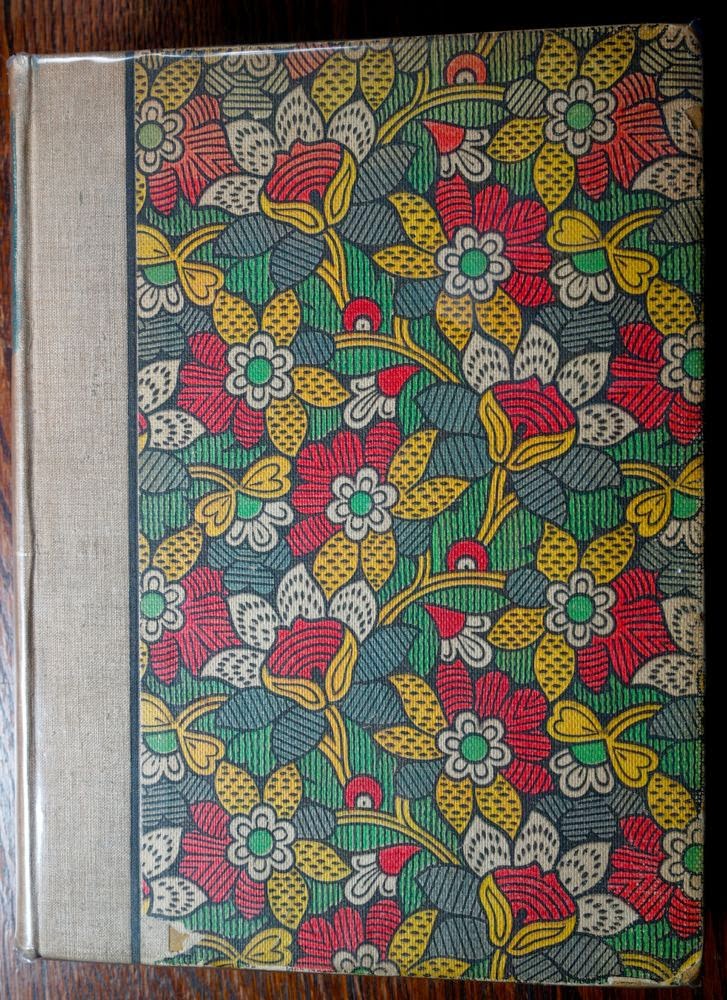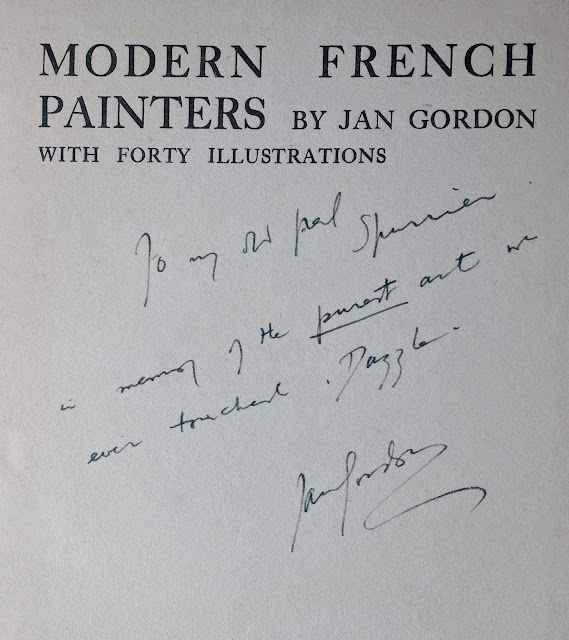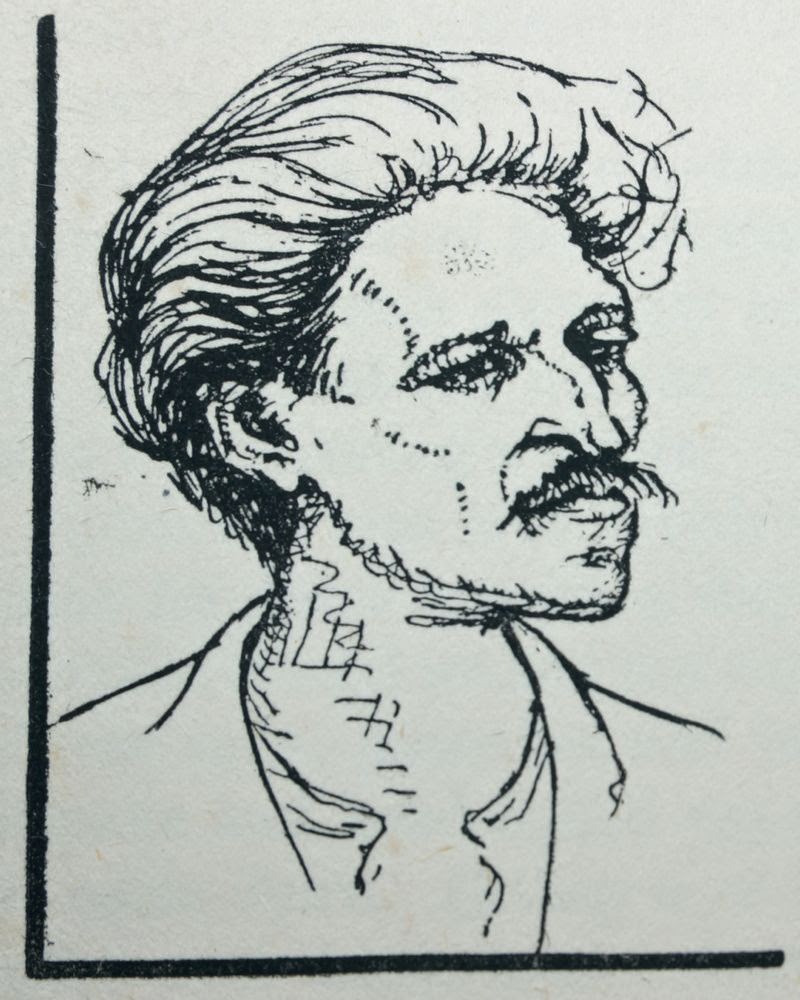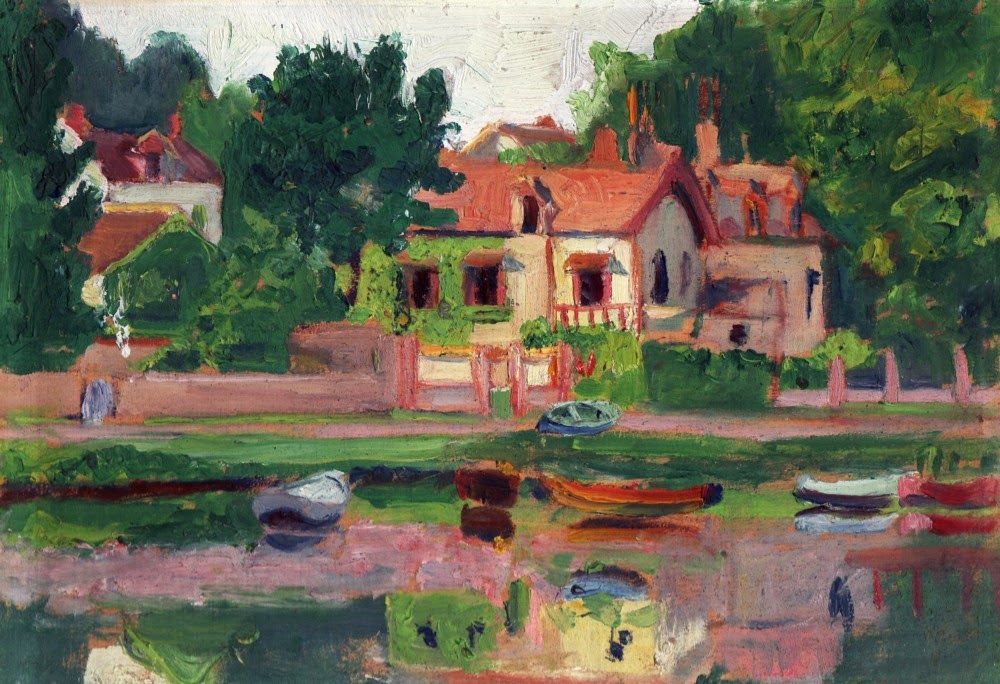Jan and Cora Gordon: 1939 Biographical Notes

The 1939 Penguin edition of "Two Vagabonds in Serbia and Montenegro" by Jan and Cora Gordon , a reprint of the 1916 " The Luck of Thirtee n", has an informative little biographical introduction to the Gordons. Cora and Jan Gordon with guitar and laud. It reads as follows: "These two writers are unique in the general likeness of their abilities and temperaments. Cora J. Gordon compelled her father to allow her to study art by threatening to take up the stage, on which she had been offered a promising start. After a Slade training she took the L.R.A.M. examination in music. Returning to painting she went to Paris, and exhibited her work. In 1909 she married Jan Gordon, ex-mining engineer , who also has exhibited in many important collections, and was an expert banjo player. Subsequently Jan was a designer of naval camouflage and painted a number of pictures on naval medical work , some of which are in the War Museum and some in the Burroughs Wellcome ...











